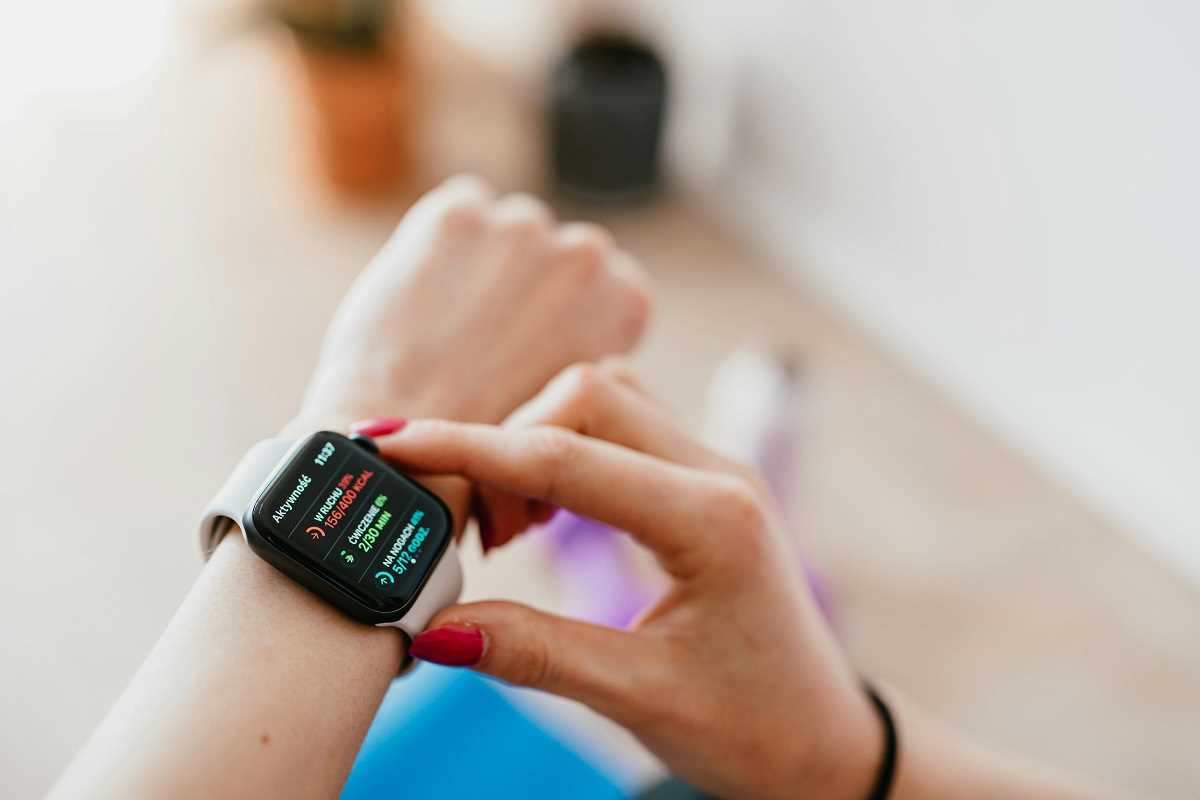Sitting at a desk all day might not feel like a big deal, but spending hours glued to your chair can take a toll on your health over time. From back pain to reduced energy levels, the sedentary nature of desk jobs often leads to challenges that go beyond just feeling stiff. Luckily, staying active doesn’t mean you need to overhaul your schedule or make drastic lifestyle changes. With a few simple habits and smart strategies, you can fit more movement into your day—even while working a 9-to-5.
Staying active at work is about more than fitness; it’s also an essential step toward long-term health and well-being. This guide will show you practical ways to boost your activity without disrupting your workday. Whether it’s quick exercises, smarter habits, or ergonomic tweaks, you’ll find plenty of ideas to keep your body moving.
1. Why Is Staying Active at Work Important?
You might wonder, “Why does it matter if I sit a lot at work? I’ll just hit the gym later.” While working out after hours is great, sitting for long periods can still have some negative effects on your body, even if you’re active outside of work.
The Risks of Sitting Too Long
Sitting for extended periods can lead to problems like poor posture, stiff joints, and weak muscles. Over time, it could even increase your risk of developing conditions like heart disease, weight gain, or diabetes. Research shows that even with regular exercise, sitting for 8 or more hours a day can affect your overall health.
Consider a typical workday. You sit during your morning commute, sit at your desk, then unwind on the couch in the evening. Breaking up these long stretches of inactivity is key to avoiding these risks, and it doesn’t have to mean major disruptions to your routine.
The Benefits of Staying Active
On the flip side, staying active while working has plenty of benefits. Regular movement during the day can help with strength, flexibility, and better posture. It can also boost your energy, improve focus, and even lift your mood. Small changes can make a big difference over time, turning a desk job into less of a health hurdle.
2. Easy Ways to Stay Active At Work
Now that you understand why staying active matters, here are some ways to fit movement into your day, even at your desk job.
a. Take Regular Breaks to Move
One of the simplest ways to stay active is to take short breaks throughout the day. Aim to step away from your chair every 30 to 60 minutes, even if it’s just for a minute or two.
- Walk Around the Office: Take a lap around your floor or go to another room.
- Stretch at Your Desk: Simple moves like neck rolls or shoulder shrugs can prevent stiffness.
If you need a reminder, set a timer on your phone or smartwatch to prompt you to move.
b. Try Desk Exercises
Believe it or not, you can sneak a workout in without leaving your chair. Desk exercises are quick, easy, and surprisingly effective.
- Leg lifts under your desk strengthen your thighs without anyone noticing.
- Seated twists work your core and stretch your spine.
- Chair dips or simple arm stretches can keep your upper body engaged.
These are great for days when you're buried in tasks and can’t get up as often.
c. Use the Stairs
Instead of using the elevator, opt for the stairs whenever possible. Stair climbing is a fantastic cardio workout that builds leg strength and burns calories. It’s a small change, but over time, those extra steps can add up.
d. Walk During Breaks or Lunch
Take advantage of your lunch break to get outside and move. A 10- to 15-minute walk can do wonders for clearing your head and getting your blood flowing. Bonus points if you can find a walking buddy!
3. Transform Your Workspace for Activity
Adjusting your workspace can make it easier to stay active without distracting you from work. Here are some ideas.
a. Invest in a Standing Desk
Standing desks are a popular option for adding variety to your day. Switching between sitting and standing can reduce pressure on your back and legs, plus it keeps you alert. Try alternating every hour or so for maximum benefit.
b. Use a Stability Ball Chair
Replacing your standard office chair with a stability ball forces you to engage your core muscles while sitting. It’s a simple upgrade that can strengthen your core and improve balance over time.
c. Add a Desk Cycle or Under-Desk Elliptical
If you want to kick things up a notch, consider an under-desk pedal bike or elliptical machine. These compact devices allow you to keep your legs moving while staying focused on work.
d. Arrange Reminders to Move
Something as simple as putting your water bottle out of reach can encourage short walks to refill it. Or try standing up whenever you take phone calls. Adding these small movements to your day can make a big difference over time.
4. Small Lifestyle Changes for Big Impact
Beyond the office, there are small lifestyle tweaks that can make staying active easier while working a desk job.
a. Stretch First Thing in the Morning
Starting your day with a short stretching routine can prepare your body for hours at a desk. Focus on areas like your neck, lower back, and legs to prevent stiffness.
b. Use a Fitness Tracker
Fitness trackers can help hold you accountable to your activity goals. Whether it’s counting steps or reminding you to stand, these gadgets keep fitness front of mind. Many also track your heart rate and calories burned, adding valuable insight into your habits.
c. Stay Hydrated
Drinking water throughout the day keeps you hydrated, and frequent trips to the water cooler naturally mean more movement. Staying hydrated also boosts your energy and helps you feel less sluggish.
d. Stretch or Roll Out After Work
If you’ve had a long day at the desk, unwind with a foam roller or some yoga stretches at home. This helps release tension and promotes circulation for healthier muscles.
5. Making It a Routine
The key to staying active while working a desk job is consistency. Treat movement like a regular part of your day, not a chore. Start small by incorporating one or two new habits, then build from there.
Tips for Staying Consistent
- Find an accountability partner, like a coworker who also wants to stay active.
- Keep things fun and varied to avoid losing motivation.
- Reward yourself for hitting small goals, like a week of regular movement breaks.
Consistency doesn’t mean perfection. Even small efforts add up, so focus on progress, not perfection.
 (Image via
(Image via.jpg)





